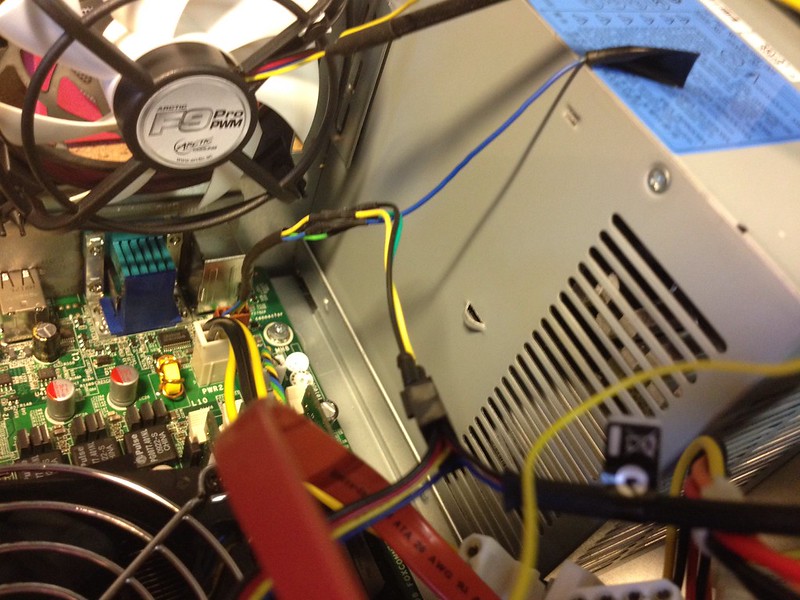Moar Aaron
My short post on Responsive Designs vs. Traditional Builds is up on $WORK’s blog. While I’m not a designer, playing with this stuff has been fun. Responsive web design makes CSS almost programmerish by adding what is essentially a if statement to the language.
(I also worked on a screenshot-tastic post for iWeb FTP for people getting started with the service that probably isn’t of too much interest to this audience, but consider it linked-to.)
I’ve got a new bottom bracket waiting for me at home. My old one, well, it’s a little rusty.
And I dumped quite a lot of time into getting quieter cooling on my ProLiant ML115 G5. I use this server-grade hardware as a gaming PC, and I’m kind of picky about noise.
I replaced the stock 92mm with this Arctic Cooling F9 PWM controlled one (amazon affiliate link) because there’s a four-pin header on the board. Unfortunately, as part of the POST process process the HP decides to slow the fan down, and then immediately panics about the RPMs going below 1900. Once it does that, it powers off.
I spent some time playing with it and even resolved to use a small microcontroller to “fake” 1900RPM to the sense pin, but in the end just leaving the fourth pin disconnected (pictured) keeps the fan spinning fast enough and it’s quieter than the stock fan even when it stays at 100% all of the time. I butchered the old fan’s cable to do this and then used heat-shrink to make everything look un-butchered.
I may revisit this, for kicks. I even got to break out my oscilloscope while trying to get everything to work.

